UAE Market
The COVID-19 pandemic had a great effect on the UAE economy, with early estimates showing that GDP contracted by 7.7% in 2020. However, despite this turbulence, the UAE’s laudable handling of the pandemic and fiscal and monetary stimulus plans has seen recovery ensue in certain sectors.
Business activity has stabilized in Q3 and Q4 2020 as shown in the UAE’s Purchasing Managers’ Index (PMI). However, the PMI’s employment index fell for the 12th month in a row, and UAE employment levels dropped by 8.5% in 2020.
In near future, the UAE’s GDP is forecast to expand by 1.1% in 2021 and by 4.0% in 2022, according to data from Oxford Economics. During this period, Abu Dhabi and Dubai are expected to record growth rates of 1.6% and 5.4% in 2021.
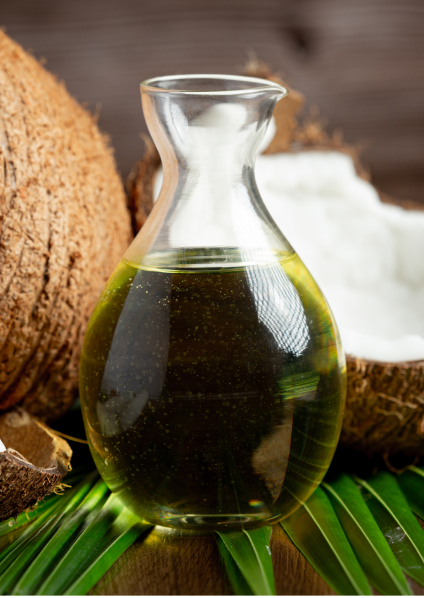
Coconut Oil
In 2019, it was estimated that Indonesia produced around 2.83 million tons of coconut. Indonesia is the world's top producer of coconuts. Most of the coconut is grown on the island of Sulawesi.
Download Report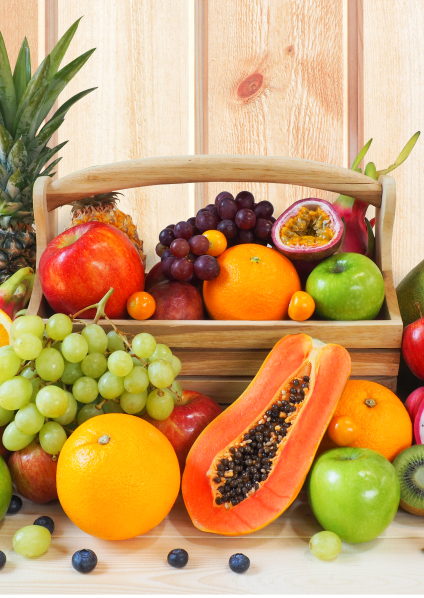
Tropical Fruit
Indonesian tropical fruit products are known for good quality and, thus, great taste. With that in mind, the government moves to seriously and intensively make tropical fruits as export commodities.
Download Report
Precious Metal
Indonesia had the world’s fifth-largest gold reserves at the end of 2014 at 3,000 tons. Its gold reserves are found mainly in the provinces of Papua, Nusa Tenggara and North Maluku.
Download Report
Bag & Suitcase
Although keep dealing with several barriers, the national leather industry still continues to grow. The Indonesia government shows its consistency and commitment to underpin the development in this industry.
Download Report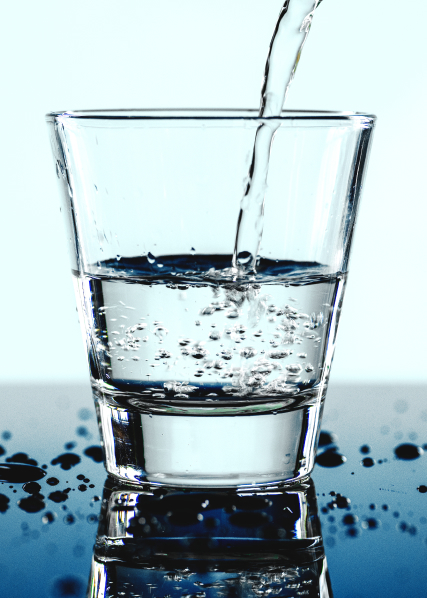
Mineral Water
Find the market trends and uncover sources of future market growth for bottled water industry in Indonesia. Grab hidden opportunities in the most current research data available.
Download Report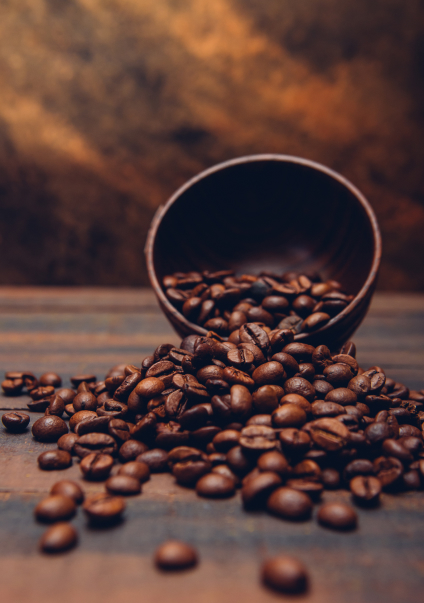
Coffee
Indonesia is the 4th largest coffee exporter in the world after Brazil, Vietnam and Colombia. The export value of coffee from Indonesia reached 872 million US dollars in 2019.
Download ReportIndonesia Market
Despite the current economic situation, the Indonesian government has already taken several initiatives in preparing a better economic situation particularly post-Covid19 pandemic. The steps include fundamental reforms, such as improving the quality of education, health and effective social security to boost the quality of human resources and continue to accelerate infrastructure development through digital infrastructure and logistical efficiency and connectivity.
Besides, the government also implements structural reform by releasing Omnibus Law on Job Creation and establishing sovereign wealth fund (SWF) called INA. These initiatives may increase the business and investment climate, create jobs and strengthen investment in 2021, leading to long-term recovery.
However, the government also needs to pay attention to the fiscal conditions. The Covid-19 pandemic has taken the government to a whole new level in terms of data management. It is like a blessing in disguise and is supposed to be utilized. For instance, in terms of fiscal management, the government could increase the tax base based on the database they currently have from the pandemic handling effort. Moreover, the government could also pursue a more sustainable agenda such as sustainable financing to achieve sustainable long-term economic growth.
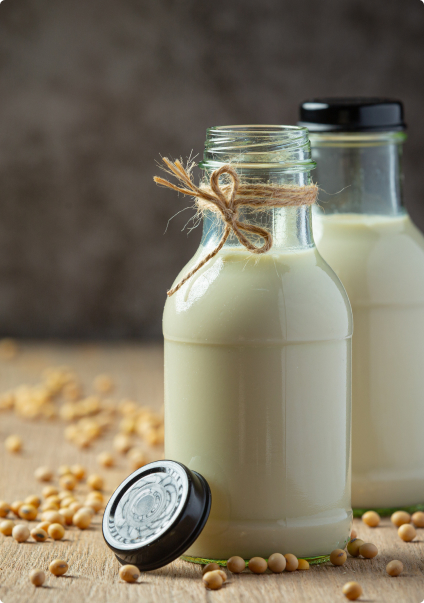
Dairy Products
According to Nielsen, Indonesia’s dairy industry and dairy products industry is undergoing a boom with market demand rising by over 10% annually for the past ten years due to changing consumer habits.
Download Report
Bakery Ingredients
According to the Indonesian Bakery Producers Association (APEBI), the average income growth of the bakery industry is above 10% each year. In 2019, the income of this sector reached US$6 billion approximately.
Download Report
Wood Products
Indonesia’s 2020 export target for forest and wood products was projected to be exceeded despite the impact of the Covid-19 pandemic on production and trade. Early in 2020 the export target was lowered from US$10 billion to US$7 billion to take account of the anticipated disruption of business.
Download Report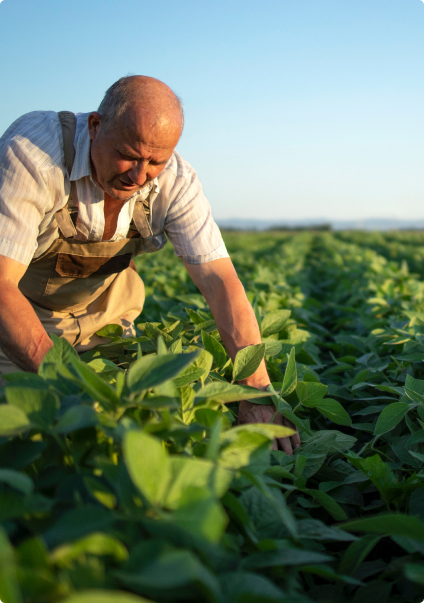
Agribusiness
Oil palm fruit is Indonesia's primary domestic crop, followed by rice. Volume production of oil palm fruit declined by a compound annual growth rate (CAGR) of −4.5% from 2014 to 2018. Chicken is Indonesia's primary meat, producing 2.5 million tonnes in 2018 and a CAGR of 7.0% between 2014 to 2018
Download Report
Cosmetics
Beauty and personal care industry is supported by the development of social media in Indonesia. From around 262 million of Indonesian citizens, about 40% are social media users. These mediums are utilized by beauty companies to achieve domestic market share as large as possible.
Download Report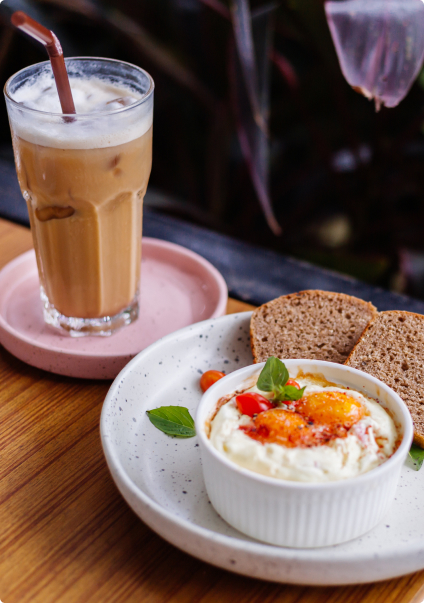
Food & Beverage
Indonesian food and beverage industry is expected to grow by around 3 percent in 2020. In the second quarter of 2020, this sector grew by 0.22 percent on an annual basis compared to the same period in 2019.
Download Report